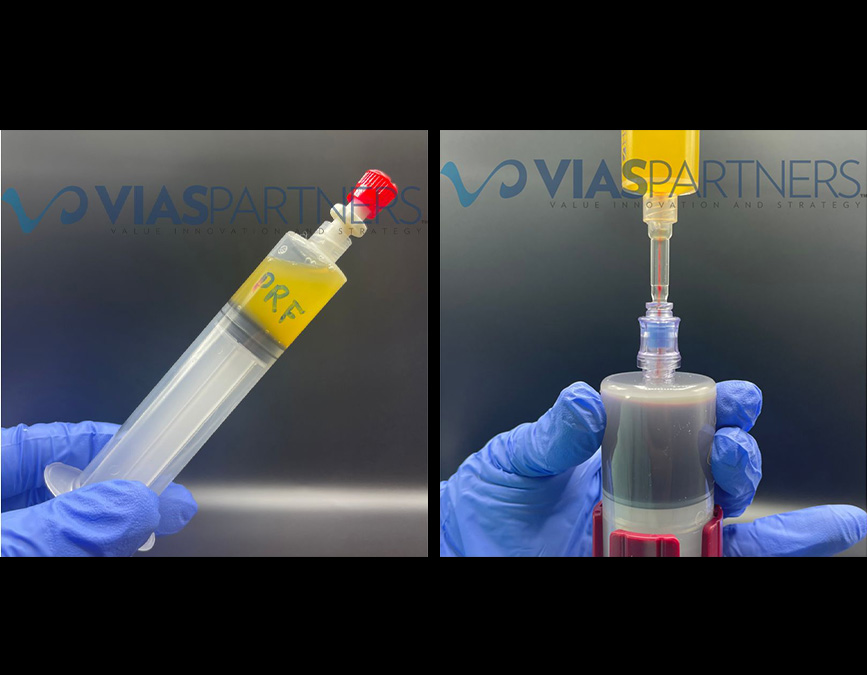One of the things about platelet-rich plasma (PRP) that everyone appreciates is that it is generally safe, in large part to it being autologous – coming from “you” back to “you”. You probably think of PRP as safe because it’s all 100% natural or drug-free, right?
Think again. Most PRP systems incorporate an anticoagulant – commonly ACDA-A, sodium citrate or even something with proprietary names like MNC-7. Did you know that these anticoagulants are drugs and although their use is accepted in PRP, it makes the injectate a bit less than all-natural.
Enter an OG, platelet-rich Fibrin (PRF) which has had quite a resurgence in dermatology. PRF is typically prepared without the addition of an anticoagulant. One company even sells an empty tube to make PRF – and guess what, it actually works quite well when it comes to achieving supraphysiologic platelet counts. The key to making PRF is centrifuging whole blood with a short, soft spin in order to minimize platelet activation and advancing the coagulaton cascade with the conversion of fibrinogen to fibrin. Too much clotting and the PRF will turn into a dense gel (clot) that cannot be injected.
Today we are spinning PRF at various G-forces and times, and evaluating the viscosity and injectable nature of the PRF. Fibrin scaffolds are very interesting and have an important role in tissue engineering and regenerative medicine.
Another way to control the production of PRF is to add an activator like thrombin, calcium chloride or calcium gluconate – but these are all considered drugs and so here we go again. WTF.
Remember to spin PRP in a swing-bucket centrifuge.
Our lab is independent and proudly self-funded. We are open to collaboration with manufacturers that share our ethos — to advance the science in order to help physicians and their patients. No bullshit.

